A long, undulating swath of lawn bordered by tall grasses stretches in front of the tee box. A few more shots and you’re on the putting green, where the turf is as soft as velvet. It is, as an artist friend of mine who plays golf says, a sculpture of the land, as beautiful to look at as it is fun for the athlete to play.
But what is the environmental cost of this manicured beauty?
Golf courses have come under criticism at least since the 1980s for their heavy use of water for irrigation, seemingly constant gasoline-powered mowing, and abundant application of fertilizers and pesticides to keep greens and fairways lush. In some instances, the very creation of the course has replaced pristine wilderness areas.
But reporting and interviews in the last several weeks show that the situation is more nuanced than that. Many golf course managers and other golf experts noted that maintenance practices in Maine have markedly improved in the last 20 years and that golf courses often preserve open space. Environmental experts we interviewed agreed with those assessments, although they added that more can be done.
“Golf courses have always been under-appreciated for being environmental stewards,” argues Nancy Storey, executive director of the Maine State Golf Association. She made her case as follows: Golf courses help keep open space from development. In many instances, they create or retain habitat for wildlife. More and more, the state’s courses are moving toward using environmentally friendly turf products in place of synthetic fertilizers. Lastly, she said, both federal and state regulations for pesticide application are stricter than they are for homeowners and farmers: “You can put more chemicals on corn than you can on golf courses.”
Tom Rumpf, associate state director of the Maine Chapter of the Nature Conservancy (and himself a golfer) said that while building a golf course on high-value, pristine wilderness is a bad move, in a more urban setting a golf course can provide important green space for wildlife as well as human enjoyment. In Maine, where water is plentiful, a bigger environmental issue is controlling “nonpoint source pollution,” he said, the technical term for runoff from rain or snow melt. As the water runs off, it carries pollutants with it – in the case of golf courses, typically fertilizers, herbicides, insecticides and sediment – depositing them into lakes, rivers, wetlands, coastal and ground waters.
“A lot comes down to the location of the golf course and how it is managed,” Rumpf said. (He challenged golf courses to take advantage of their sunny locations by installing solar panels to charge batteries for electric golf carts.)
In 1991, to boost ecologically sound management and respond to public scrutiny of pesticide and water use by golf courses, the United States Golf Association launched an environmental research program. Also, the Audubon Cooperative Sanctuary Program for golf courses (the group is not formerly affiliated with the National Audubon Society) was established; it provides third-party certification for courses that adopt environmentally friendly practices. Just two of Maine’s 140 courses have earned that certification: the Portland Country Club in Falmouth, way back in 1997, and Bangor Municipal this past July. Seven other Maine courses are working toward it. But the process can be time-consuming (typically one to three years, sometimes longer) and expensive. It requires a lot of paperwork, outside participation and regular audits, which may explain why more courses in Maine haven’t taken part.
It took Bangor Municipal, a 27-hole public course owned by the city, two years to earn its certification. Rob Jarvis, the assistant PGA professional who spearheaded the effort, said that herbicide use has been reduced by a third, buffer zones created around the ponds to reduce run-off and 30 bluebird boxes installed; also, some areas on this former farm have been allowed to return to their natural state. Audubon International worked with the course to find suitable fertilizers, he added, and today, much of the fertilizer that the course applies is manure-based. This spring, a University of Maine scientist asked for permission to conduct a wood frog study on the property’s vernal ponds and found, according to Jarvis, “large masses of eggs.”
Maine golf courses are in a better position environmentally than those elsewhere in New England, said Jessamine Logan, a spokesperson for the state’s Department of Environmental Protection. Still, she said, the department would like to see more courses gain Audubon International certification.
But even without that official Audubon documentation, “We’re doing a way better job as an industry to use practices that are more sustainable,” said Ed Michaud, part owner and superintendent of Fox Ridge Golf Club in Auburn and past president of the Maine Golf Course Superintendents Association. For example, most courses in Maine are now allowing some rough areas bordering the fairways to come back as natural areas with native plants. “That way you water, mow and fertilize just down the middle,” he said.
On the fairways and greens at Fox Ridge, he uses an organic compost tea (a fertilizing brew made from compost and water) to make the soil healthier and to reduce the need for other fertilizers and fungicide. “I tell people I don’t grow shoots, I grow roots,” he said. “It’s all about what you don’t see. If you create better soil, you’ll have healthier plants that can fend for themselves against drought and pests. The downside is it tends to be more labor intensive and expensive in the short run. You got to be willing to spend a little more in the beginning.”
Not all courses can afford the extra outlay of the long-term view. Because of the recession, “Capital investments were very difficult to make after 2008,” said Jim Skorulski, senior agronomist for the Northeast region with the United States Golf Association Green Section, and that’s improving only slowly, “golf course by golf course.”
Michaud, who won a national award for environmental stewardship in 1999 for his work building Sugarloaf Golf Club, has also stocked the ponds at Fox Ridge with trout, and he says they are thriving, which indicates the water is clean. He pays close attention to the amphibians, too – frogs, like the proverbial canary in the coal mine, are the first to suffer if the water is polluted. “You have to be careful with not only what you apply but where you apply.”
Fox Ridge opened in June 2001 on the grounds of what had been a 200-year-old, 200-acre dairy farm. The land, he said, was ripe for housing development. Instead, green space was preserved. “We have a lot of native fescue in the hayfields, including a beautiful buffer of canary grass that we let grow. It can be seven feet tall. It’s absolutely gorgeous.”
“The DEP (Maine Department of Environmental Protection) was delighted when we took over the property,” he added. “The cows pooped near the water, which caused runoff. Now we’ve created a good buffer.”
Logan confirmed that, adding that any time a course reduces runoff, the department is pleased.
Harris Golf, arguably the historic preservationists of Maine golf, has open space in its sights, as well. In recent years, the company has purchased struggling courses, some almost a century old, and it now owns or runs nine courses in Maine. “We didn’t want an important facility becoming something else,” said Matt Barnard, marketing and communications director. “These golf courses are green spaces and legacies.”
Harris recently instituted a plan to take areas on each hole at each course out of play and let them return to a natural state. “We have courses with more color, more texture, and better architecture,” Barnard said, “and it’s not impacting the play.”
So how is the state doing as a whole? “Most of the clubs in Maine are making a strong effort to be good environmental stewards,” Skorulski said, adding “Today there is certainly more scrutiny.”
But with scrutiny comes rewards of the sort can’t always be quantified.
“When a player comes in and tells me he’s seen a bluebird on hole number three,” Jarvis said, “it’s more than just about playing golf.”
Send questions/comments to the editors.

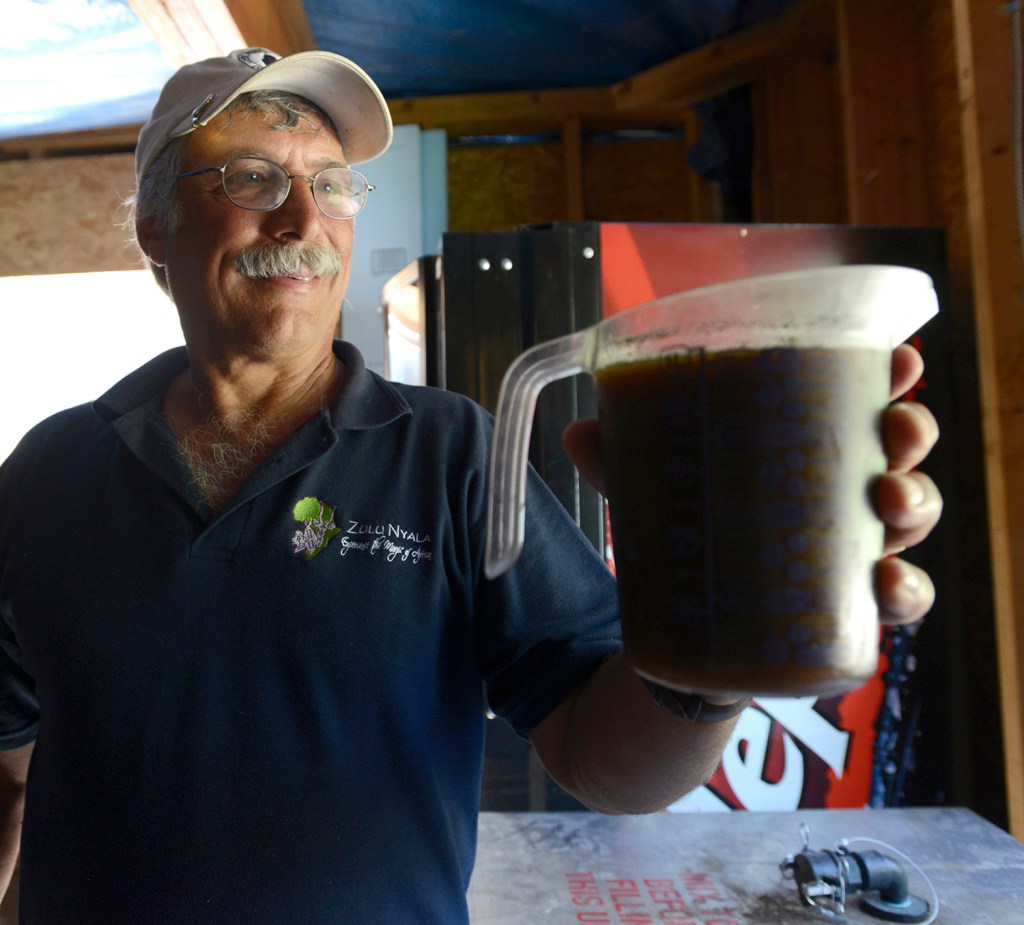
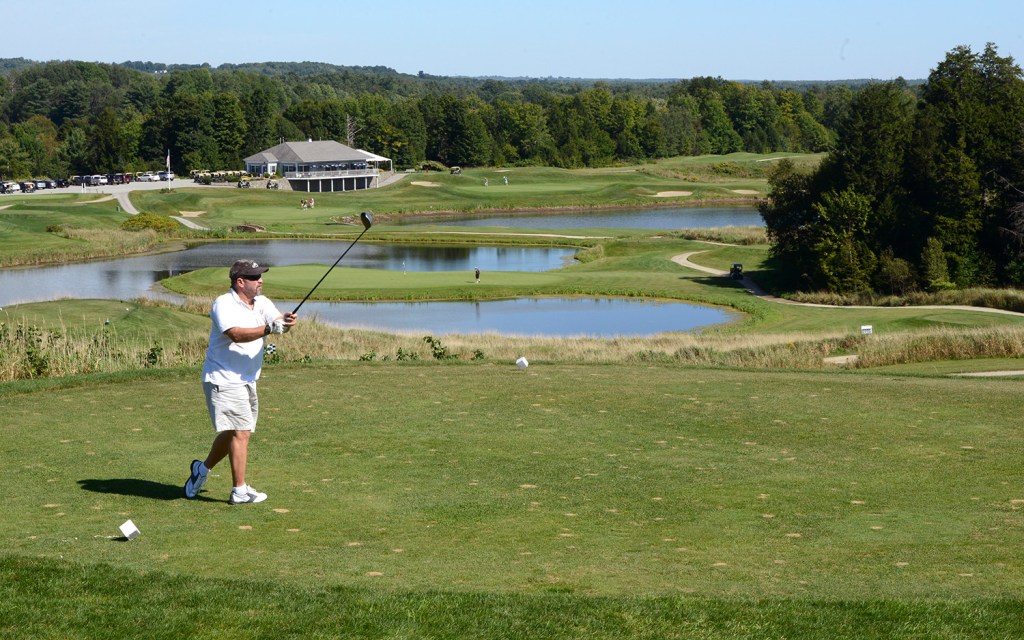
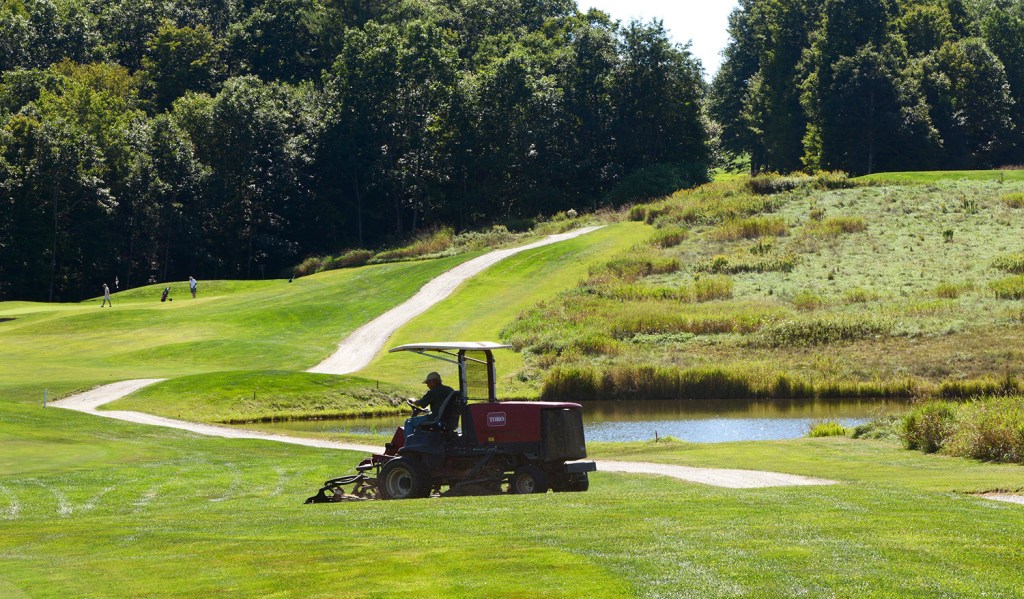
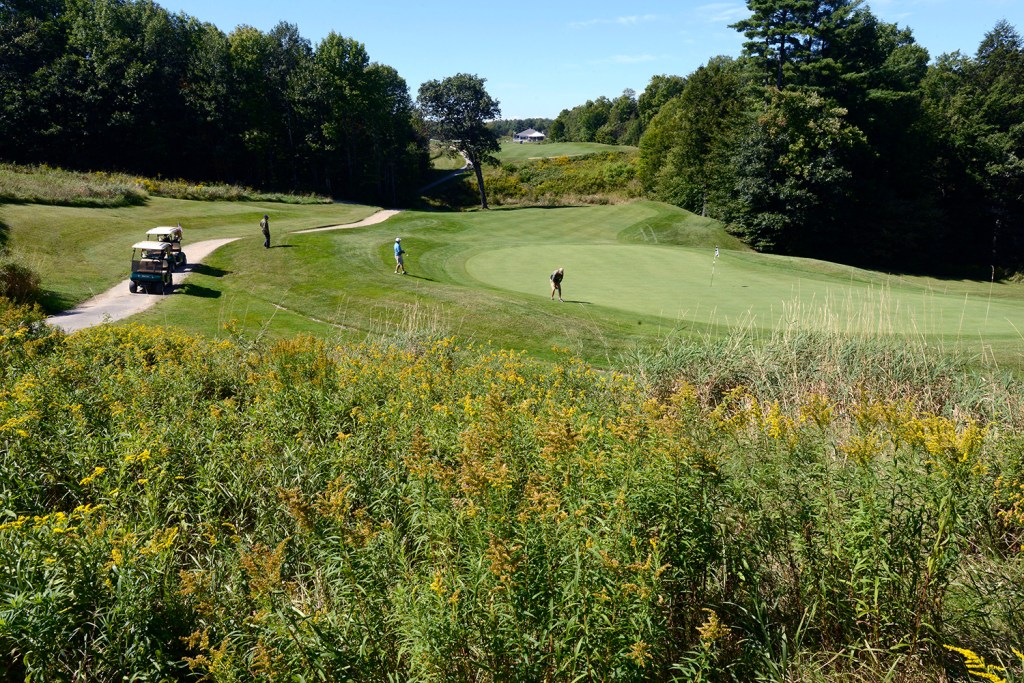
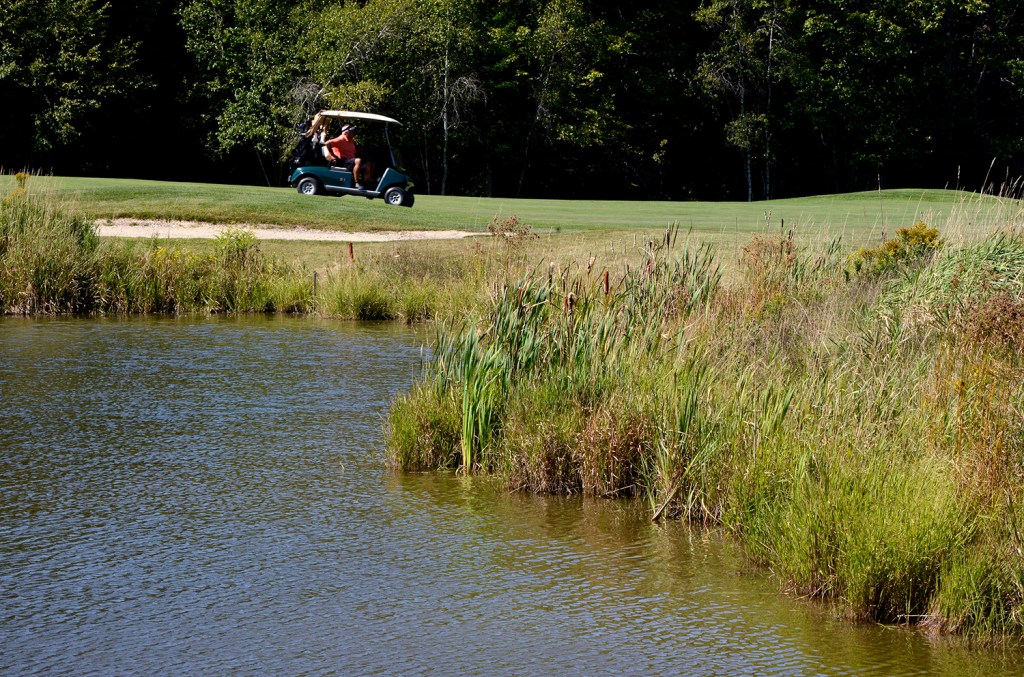
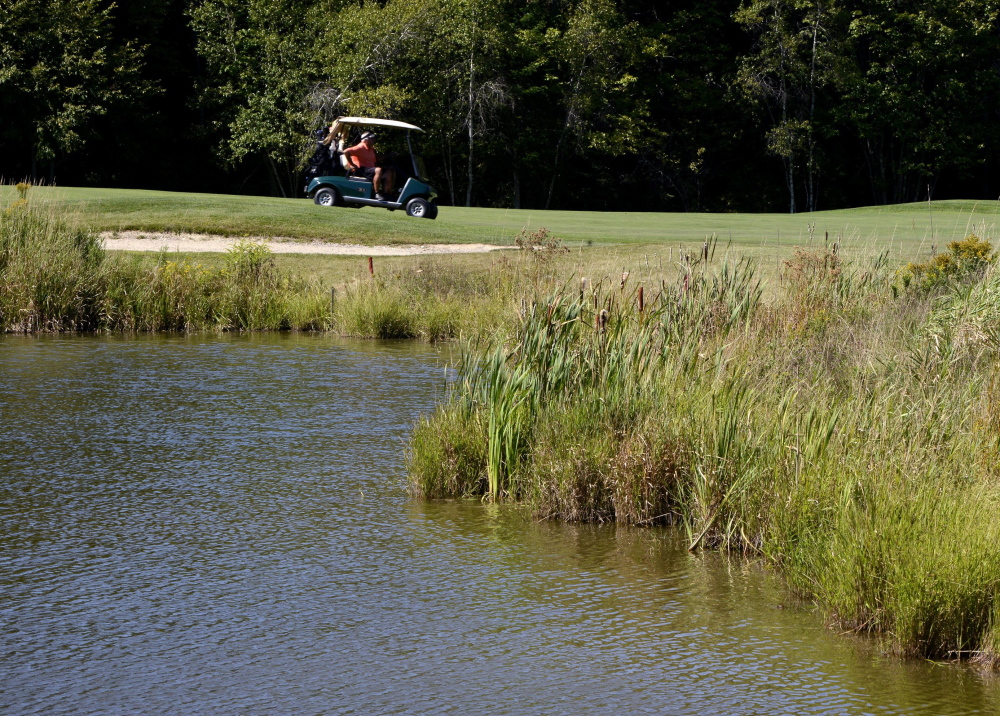

Success. Please wait for the page to reload. If the page does not reload within 5 seconds, please refresh the page.
Enter your email and password to access comments.
Hi, to comment on stories you must . This profile is in addition to your subscription and website login.
Already have a commenting profile? .
Invalid username/password.
Please check your email to confirm and complete your registration.
Only subscribers are eligible to post comments. Please subscribe or login first for digital access. Here’s why.
Use the form below to reset your password. When you've submitted your account email, we will send an email with a reset code.